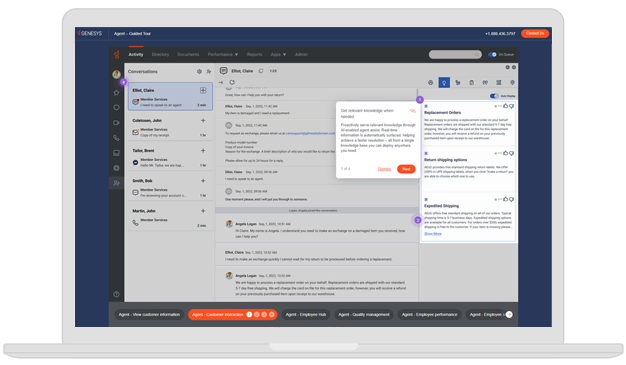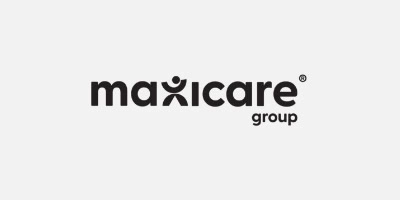Contact center agent occupancy measures how much time agents spend actively handling customer interactions versus waiting for the next one. It’s calculated as the percentage of active work time over total logged-in time.
High occupancy can indicate efficiency, but if sustained too long, it can cause fatigue and burnout — making balance essential for optimal call center performance.
“Optimize contact center occupancy by balancing interaction and case workloads with staff resources. This enables you to limit costly turnover with skill development and real-time AI assistance.”
Sam Rector
Product Marketing Director, Genesys
Contact center agent occupancy use cases for enterprises
The most common enterprise-level use cases for agent occupancy in a contact center are:
- Monitoring workforce efficiency
- Balancing workload and well-being
- Optimizing staffing and forecasting
- Identifying bottlenecks in service delivery
- Enhancing performance with AI insights
1. Monitoring workforce efficiency
Enterprises use call center agent occupancy to assess operational efficiency in real time. By analyzing occupancy rates across teams, managers can identify underutilized resources or overworked agents. This insight supports data-driven scheduling decisions that improve both productivity and agent satisfaction.
2. Balancing workload and well-being
Maintaining ideal agent occupancy is crucial for employee health and engagement. When occupancy levels exceed recommended thresholds, agents have little time to recover between interactions. Enterprises use this data to adjust staffing models, ensuring workloads remain manageable while service levels stay high.
3. Optimizing staffing and forecasting
Contact center agent occupancy helps workforce management (WFM) teams forecast staffing needs accurately. By aligning historical occupancy data with call volume trends, organizations can optimize schedules to meet demand without overstaffing. This balance improves cost efficiency and ensures agents are available when customers need them most.
4. Identifying bottlenecks in service delivery
Fluctuations in call center agent occupancy often reveal deeper operational issues — like poor routing, long handle times or inefficient workflows. By analyzing these patterns, enterprises can pinpoint root causes, streamline processes and enhance overall customer experience (CX).
5. Enhancing performance with AI insights
Modern AI-driven analytics in contact center agent occupancy provide predictive insights. For instance, when occupancy trends signal potential overload, AI can recommend proactive actions such as adjusting queues or reassigning tasks. This ensures teams stay efficient without compromising quality or morale.
Optimize contact center agent occupancy with Genesys Cloud
Maximize efficiency and agent engagement with contact center agent occupancy insights from the Genesys Cloud™ platform. The AI-powered platform delivers real-time visibility into workforce performance, enabling leaders to balance workload, boost productivity and enhance customer experience across every channel.
Discover how Genesys Cloud transforms occupancy management into a smarter, more human-centered approach to contact center success.






